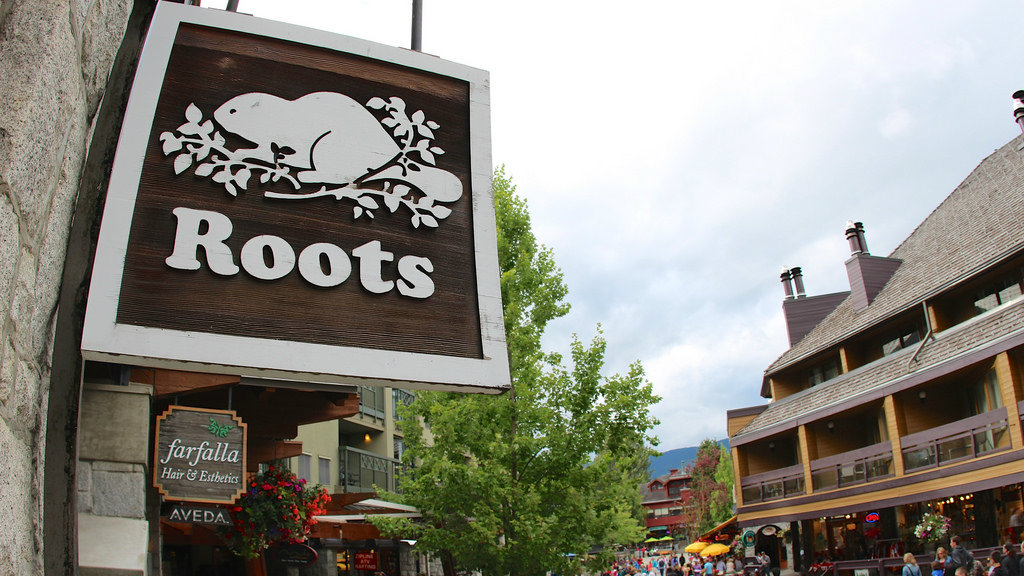Roots Corp. (TSX:ROOT) hit a 52-week high of $13.55 in early May, a big run-up from where it was trading (below $9) in November heading into the all-important holiday shopping season.
Well, Roots announced 15.1% same-store sales growth in the fourth quarter, resulting in a 35.3% increase in its adjusted net income per share. Investors were impressed, driving its share price to an all-time high in a matter of weeks.
In late April, I’d compared Roots’s business to Aritzia Inc. (TSX:ATZ); I came to the conclusion that Roots was the better buy but would revisit ATZ once its Q4 2017 results were out in May. Although Aritzia’s fourth-quarter results were decent, I didn’t see enough positives to recommend its stock.
Since my May 24th article, Roots’s stock is down 11%, while Aritzia’s is up 12%. Isn’t that always the way?
A bigger loss didn’t help
Roots reported a Q1 2018 adjusted net loss of $0.11 per share June 13, two cents worse than a year earlier, while meeting the analyst’s estimate. On the top line, Roots grew same-store sales 6.4% versus a 3.3% comp in the same quarter a year earlier.
Investors clearly didn’t like the bigger loss, despite the healthy revenue growth.
“Roots Corporation is definitely one of the most underrated stocks in Canada,” stated a comment on the CBC website. “In fact, while Roots continues to perform very well and have sales increases, the company continues to be disproportionately punished as opposed to being rewarded.”
Is the comment a fair one? I think it is. Here’s why.
A closer look at the quarter’s results
First, let me just say that if you’re going to have a bad quarter in retail, it’s going to be in the first quarter when you’re unloading excess inventory at promotional prices after the busy holiday shopping season.
So, from that perspective, a two-cent difference in the loss isn’t a big deal, especially when you consider that it is spending money opening new stores and renovating existing ones — it opened two new stores and renovated another in the quarter and now has 120 stores in North America.
Signs of a healthy business include a 320-basis-point increase in its gross margin to 57%, proof the extra two-cent loss was more about investing in its business through store openings than it was about promotional pricing.
Another interesting development is the continued success of its online business which has helped drive both sales and gross margins. In Q1 2018, its direct-to-consumer sales increased 9% with a 271-basis-point increase in its gross margin to 59.1%, a sign that its omnichannel initiatives are delivering profitable growth.
“Our top-line improvements reflect retail store and e-Commerce sales growth, highlighting the strength of our brand, the consumers’ response to our new products and our success in leveraging our position as a leading omni-channel retailer,” stated Roots CEO Jim Gabel.
While I’m skeptical about its foray into U.S. cities such as Boston and Washington, where shoppers are very unfamiliar with the Roots brand, it’s not opening more than a dozen or so new stores in the U.S. over the next couple of years, so if the business down south fails to catch on, it won’t be a huge hit to Roots overall.
The bottom line on Roots stock
Here’s how investors ought to look at Roots.
It’s got a strong brand here in Canada and overseas in Asia — 112 partner-operated stores in Taiwan and 30 partner-operated stores in China — that will continue to drive a lot of business its way, and it’s generally profitable.
If the U.S. business were to gain traction, it would be the cherry on top of the sundae. Investors shouldn’t expect its American expansion to be a big success, but if it is, your investment around $11 will double in no time.
As it stands, excluding the U.S. expansion, its business is worth more than $11 a share. How much more could it be worth? We’ll find out over the next 12-24 months.









